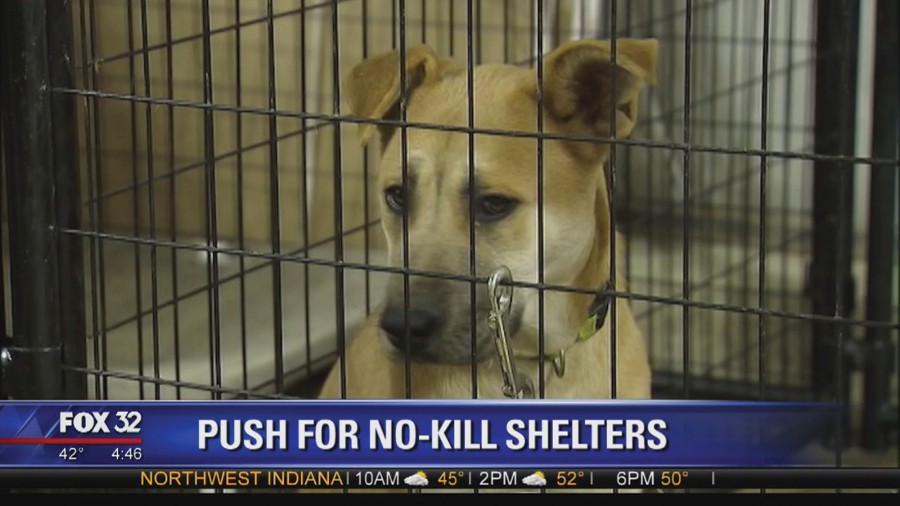Editorial: “No kill” Chicago animal shelters
May 9, 2016
Each year, approximately 8 to 12 million animals enter animal shelters across the United States. In that same year, 5 to 9 million of those animals are euthanized, or killed “humanely.” For years, many animal shelters have begun to retire the process of euthanasia, and now the animal shelters in Chicago may follow suit.
With Chicago considering changing to a complete No Kill policy for animal shelters, over 50 shelters in Chicago and surrounding areas would retire the cruel process. Furthermore, there are approximately 13,600 animal shelters throughout the country. If such a prominent city as Chicago set this important example, many other cities would undoubtedly follow. This would result in tens of thousands of animal lives being saved every year, which is a success that needs to be achieved, and can be if Chicago makes this important and progressive step forward.
If a shelter is defined as No Kill, it saves at least 90 percent of the animals it intakes, saving every single treatable animal. Many of the animals that shelters euthanize would otherwise potentially be adopted. According to a 2015-2016 survey conducted by the Humane Society of the United States, 65 percent of households own a pet, which is a statistic that climbs every year, already up nine percent from 2011. Over 50 percent these pet-owning families find their pets at various animal shelters, and could have adopted one of the thousands of animals that was instead cruelly put down by these shelters. Already, too many animals have undergone this immoral treatment, and unless more shelters become No Kill, the number will continue to grow, and more animals will unfairly face this mortal conduct.
The main motive behind suppressing this moral dilemma is money. Many animal shelters claim that it is economically unfeasible to keep all of their animals alive. Many poor performing shelters will claim that they are saving all “adoptable” pets, or that they only kill “unadoptable” pets. But what does that mean? In some shelters, a pet being younger than eight weeks of age, being older than five or having a minor cold or scratch could be called “unadoptable.” In some cases shelters may even call a black dog “unadoptable,” because of a surplus of black dogs received that day. Are we really going to let money dictate whether or not an animal lives or dies? Are we going to let money undermine our moral values, values which have seemingly fleeted at the sign of a lower profit? Many of these animals are already victims of misfortune and poor treatment, and now we are willing to end their lives to increase earnings? We should not be the ones to dictate who or what lives or dies, and we certainly shouldn’t allow money to motivate us to make such charged choices.
What exactly is “humane” about ending a life? Making Chicago a No Kill area for animal shelters is an important step forward that must be taken to fulfill basic moral interests, to set a prominent example for other cities and states and to end an uncivilized trend that has lasted far too long.
Position Statement: To save countless animal lives and discontinue the inhumane trend of euthanasia, Chicago should adjust its numerous animal shelters to “No Kill” shelters.
Vote: 22-4





















![Movie poster for '[Rec]" (2007).](https://www.lionnewspaper.com/wp-content/uploads/2023/04/rec-640x900.jpg)


